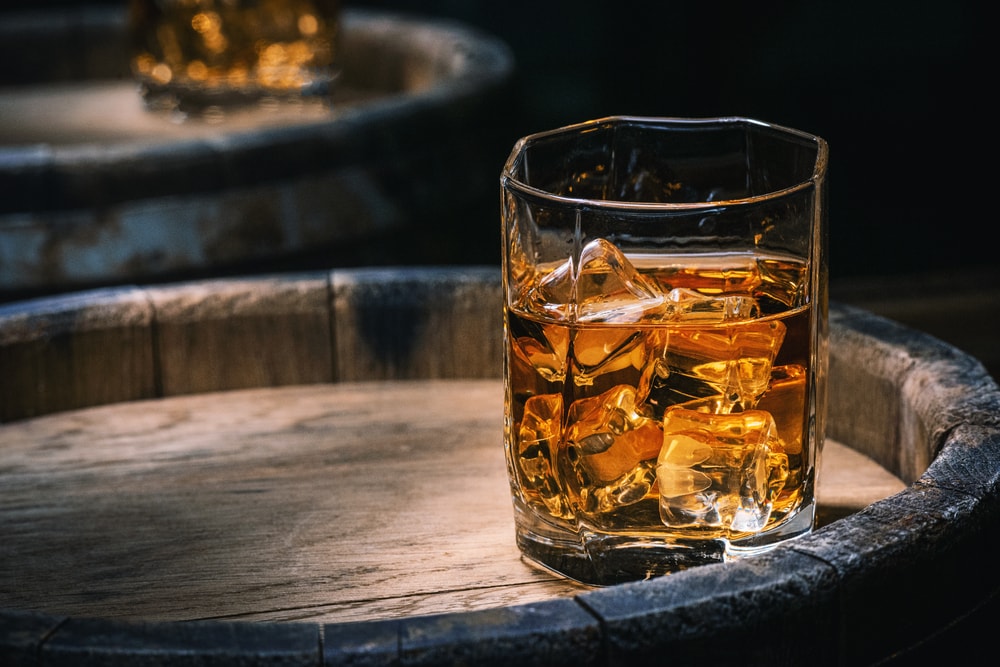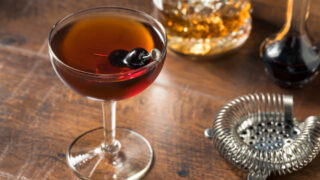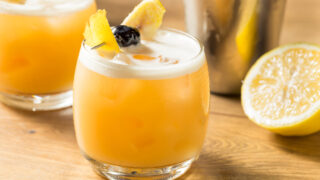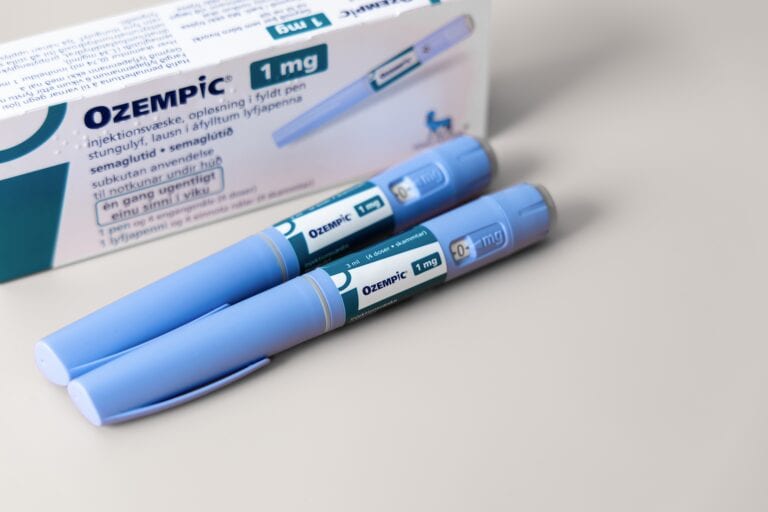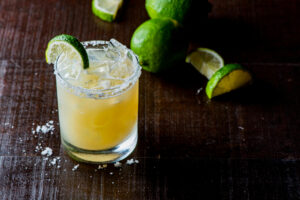Whiskey is one of the more complex alcohols out there. What grain was it made from? Where was it made? How long was it aged? There are a lot of rules and regulations, and you could spend weeks reading about the process! Since most of us would rather spend our time having a drink than reading about it, below is a quick list of facts so you can step up your whiskey game.
Table of Contents
Toggle1. How Is Whiskey Made?
It all starts with a fermented grain mash. In this process, you heat a combined mixture of malted barley, grains and water. The malt enzymes break down the starch in the grains, creating a sugar. This messy liquid, called “wort,” is the liquid from the mash that is eventually fermented into alcohol. This initial process produces a liquid nearly identical to beer, called “wash“.
After this wash is created, the liquid has to be distilled in order to become whiskey. A column still or pot still is used for this and begins a process of boiling and cooling, where the vapor produced is a higher concentrate of alcohol than the initial wash. The more you distill the liquid, the higher the alcohol content. You get the point.
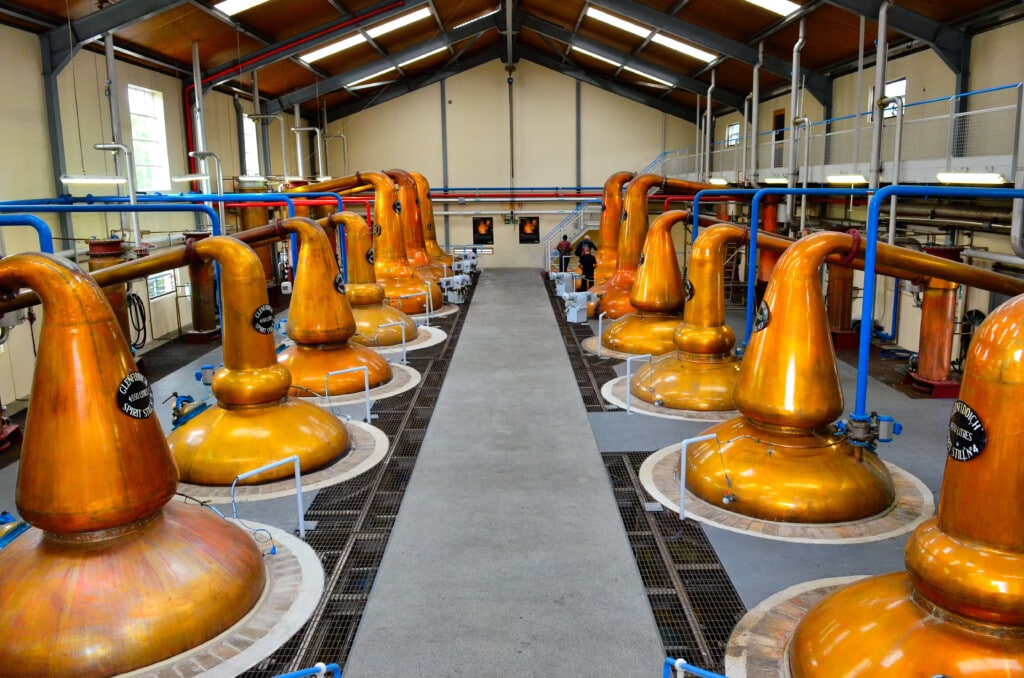
After distillation, the liquid will be placed in casks for a determined amount of time for aging. Whiskey won’t age any further once emptied from the cask, so producers let the distilled liquid age for as long they choose and then bottle it for resale. Bottoms up!
2. The 5 Whiskey Regions
Scotland
Scottish whisky, or Scotch, must originate in Scotland. Legally, anything distilled outside of Scotland cannot be labeled scotch. The minimum aging time for Scotch is three years, so a bottle that doesn’t flaunt it’s “12-year” or “18-year” aging time, will still have been aged in oak barrels for three years.
Fun fact: Whisky without the “e” is the Scottish and Canadian spelling, whereas whiskey from anywhere else is spelled with the “e.” There are some brands that break this rule, but not many.
Ireland
Irish whiskey is from, you guessed it, Ireland. Coming about in the 12th century, Irish whiskey is one of the earliest distilled drinks in Europe and quickly became one of the most popular. After a steep downturn, the Irish whiskey industry recovered and has been the fastest-growing spirit in the world for almost 30 years.
Fun Fact: The word ‘whiskey’ comes from the Gaelic uisce beatha, or water of life. We couldn’t agree more.
Canada
The original Canadian whisky was made primarily from wheat because Canada had an abundance of it. It is now typically made from a blend of grains. Centuries before the US regulated the ingredient requirements of an American “rye whiskey”, Canada began adding rye to their whisky for a more complex flavor-profile. Nearly 70% of the Canadian whiskey produced comes right to the US (surprise, surprise!).
Kentucky
Kentucky whiskey can be American rye or bourbon. These are the two traditional whiskeys made in America. Created in the 1700’s, and given its name in the mid 19th century, bourbon is made primarily from corn and has no minimum aging required. Rye, as the name implies, is made primarily from rye.
Fun Fact: Did you know bourbon possibly derives it’s name from Bourbon County, Kentucky or Bourbon Street in New Orleans (my money is on Kentucky).
Tennessee
While made in the US, Tennessee whiskey refuses to be a bourbon (how ornery!) It is a state law that Tennessee whiskey has to be produced in Tennessee and has to go through a charcoal filtration before being aged in casks. The most popular Tennessee whiskey is Jack Daniels but check out a handful of other worthwhile ones here.
3. Is Neat or Rocks Better?
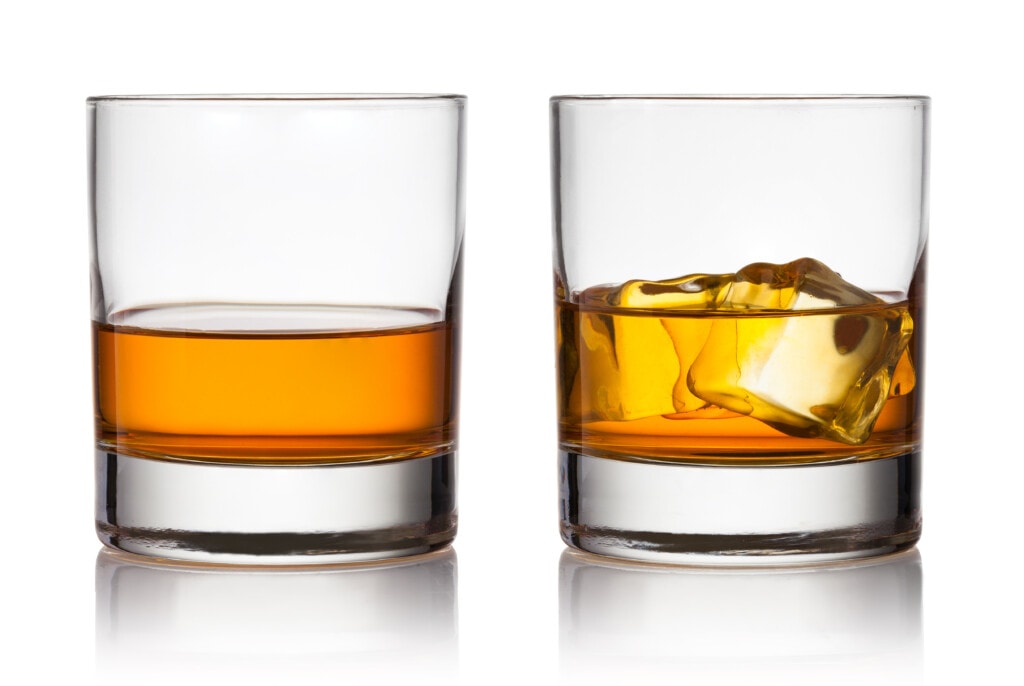
Chances are if you’ve ever ordered a respectable whiskey at a restaurant or bar, you’re familiar with the difference between “neat” and “on the rocks.” Without casting judgment on those who like their drink cold and watered down, it is my humble belief that good whiskey is meant to be sipped neat, but if you prefer rocks, then have at it! Another alternative that is highly underreported is adding a few drops (.25oz) of purified water to a glass of whiskey. It changes the aromatics and allows you to mildly dilute without chilling your drink. However you decide to consume your whiskey, we are just glad you’re drinking the Water Of Life.
4. Whiskey And Prohibition
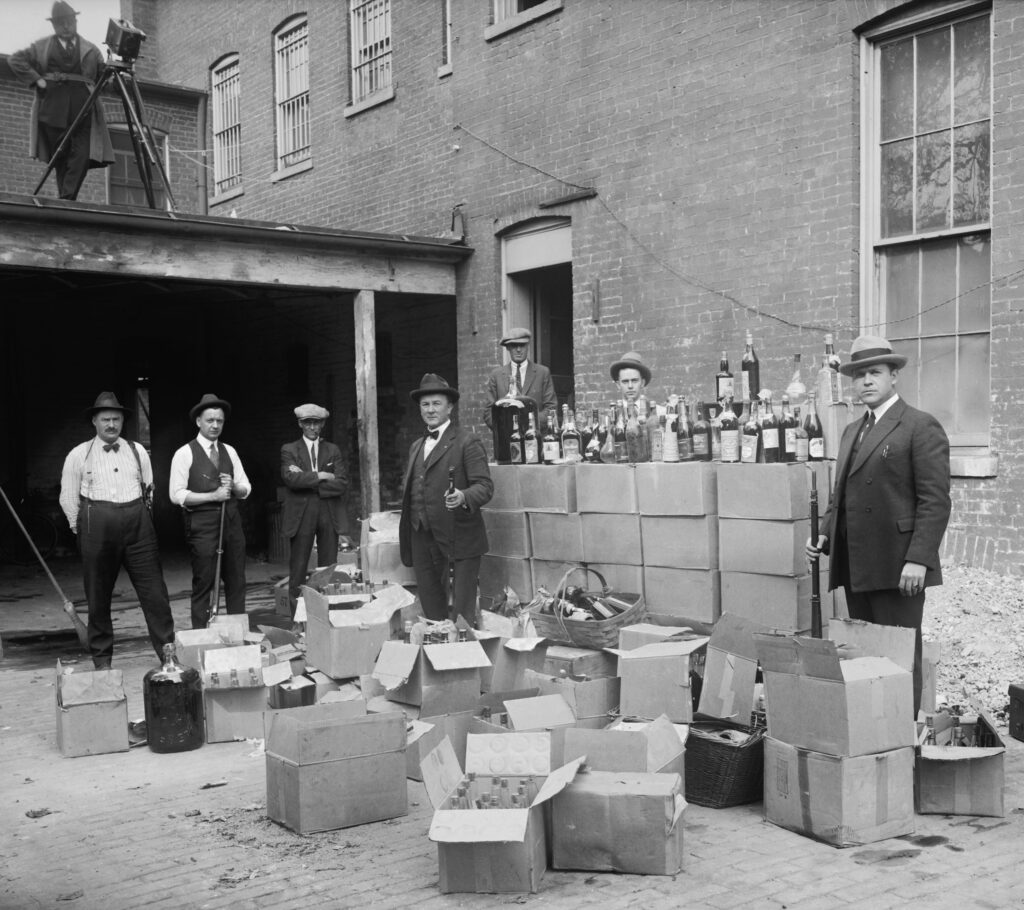
Did you know whiskey was still available during prohibition? This “medicinal liquor” was prescribed by a doctor and a person could pickup a new pint every 10 days. The best part about these prescribed bottles is that when Prohibition ended, there were thousands of unused “medical” bottles that were unloaded legally in liquor stores. Some of these Prohibition whiskeys are still around (some still undiscovered since they were hidden when alcohol was outlawed) and can be worth a small fortune.
“Too much of anything is bad, but too much good whiskey is barely enough.” – Mark Twain


